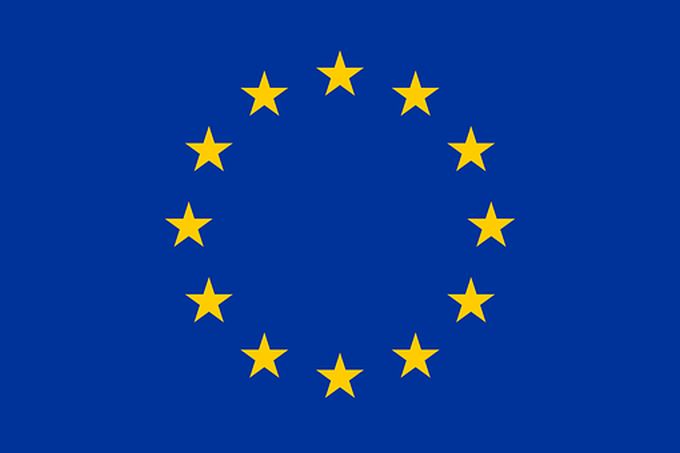
Mixed-use buildings are the future of sustainability, according to many in the movement, and it’s likely that no place on Earth is implementing that concept faster than the Netherlands. A proposed project dubbed the Dutch Mountains aims to fuse office space with hotel rooms and event venues under one roof, in an enormous concave structure that appears boat-like in silhouette. Studio Marco Vermeulenand BLOC (designers of the Dutch Windwheel) have established a consortium of companies and academic institutes to advance the project, including Dell Technologies, Honeywell Building Solutions, SPIE Netherlands, and the Technical University of Eindhoven.
Perhaps the most notable aspect of the Dutch Mountains design is its shape. From the outside, it recalls the hull of an enormous ship just launched into a body of water, with either end curving upward to a height of 147 feet. An aerial view reveals that the building surrounds a private green spacespanning nearly 43,000 square feet. There, workers and residents can relax in a park-like setting, hold outdoor meetings, or enjoy a picnic on the shore of a man-made pond—all while protected from the noise and pollution of the major highway running adjacent to the proposed site. The park is visible from all of the development’s amenities, offering a pleasant view of nature as opposed to looking out onto other buildings.
The Dutch Mountains features a 52,000-square-foot lobby, which houses the reception area for offices upstairs. The entrance to restaurants, conference venues, a health club, an indoor swimming pool, a supermarket, and an exhibition space are also located on this level. Beyond the lobby is close to 100,000 square feet of office space, laboratories, and hotel rooms. The Dutch Mountains’ ideal tenants include large businesses as well as startups, as the building is designed to be flexible to the needs of each company.
The mixed use project is proposed for De Run in the municipality of Veldhoven, in the Eindhoven area. The Dutch Mountains will support the claim that Eindhoven is the “smartest region in the world” by housing the Brainport Experience Center where business come to present their latest innovations. Also included in the plans are a field lab for innovative construction and energy technology, and a gardenfor food production.
Source: inhabitat.com




 ABB has received orders to supply gas-insulated switchgear (GIS) and shunt reactors to Red Eléctrica de España, (REE) the transmission agent and operator of the Spanish electricity system to support the upgrade of the electricity transmission infrastructure on the Canary Islands. The islands are part of an archipelago located off the coast of northwestern Africa, and one of Spain’s farthest-flung territories. They are also a popular tourist destination, renowned for their black- and white-sand beaches.
ABB has received orders to supply gas-insulated switchgear (GIS) and shunt reactors to Red Eléctrica de España, (REE) the transmission agent and operator of the Spanish electricity system to support the upgrade of the electricity transmission infrastructure on the Canary Islands. The islands are part of an archipelago located off the coast of northwestern Africa, and one of Spain’s farthest-flung territories. They are also a popular tourist destination, renowned for their black- and white-sand beaches.




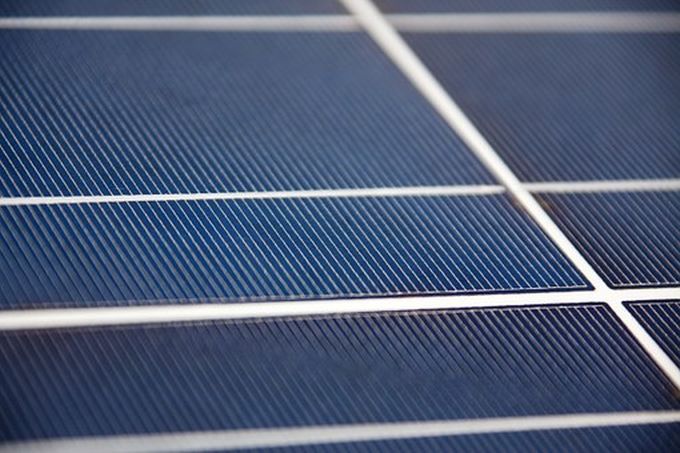
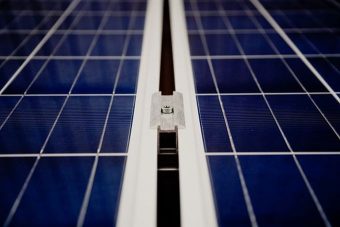

 Offshore wind power has the potential to grow from just 13 gigawatts (GW) in 2015, to 100 GW in 2030, according to new analysis from the International Renewable Energy Agency (IRENA). Innovation Outlook: Offshore Wind, launched today at the World Wind Energy Conference in Tokyo, provides an overview of the future developments that will drive the offshore wind power boom, including technology advancements and further cost declines.
Offshore wind power has the potential to grow from just 13 gigawatts (GW) in 2015, to 100 GW in 2030, according to new analysis from the International Renewable Energy Agency (IRENA). Innovation Outlook: Offshore Wind, launched today at the World Wind Energy Conference in Tokyo, provides an overview of the future developments that will drive the offshore wind power boom, including technology advancements and further cost declines.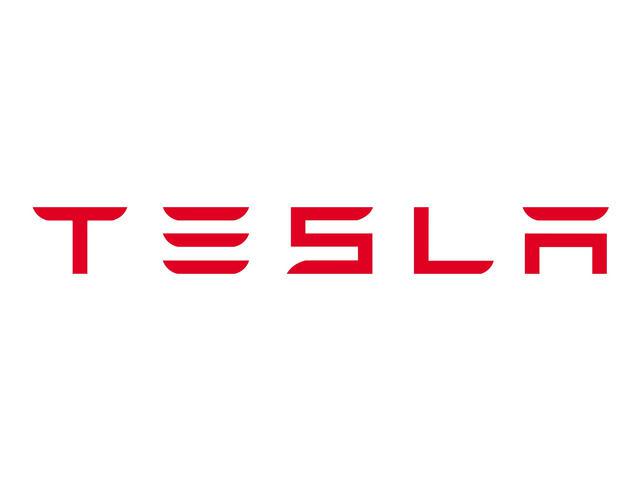
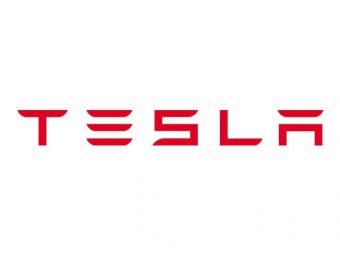




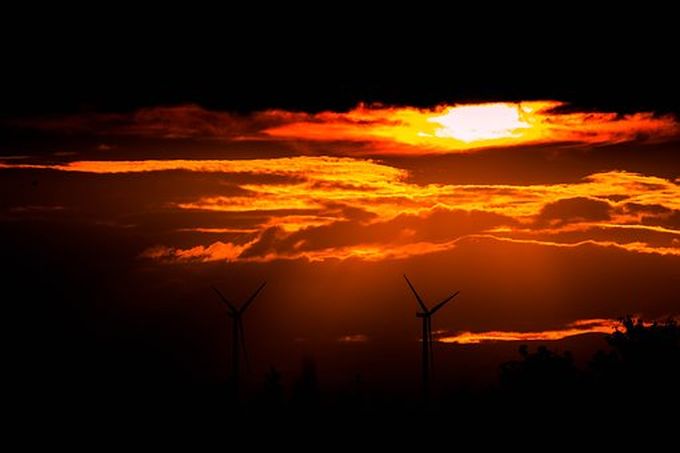

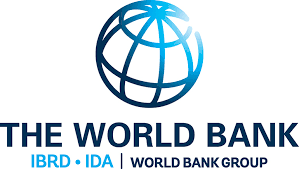

 The Deutsche Gesellschaft für Internationale Zusammenarbeit (GIZ) GmbH has been accredited as an implementing organisation by the Green Climate Fund. GIZ can now apply for financing from the fund for projects with a total volume of up to USD 250 million. It can also pass on subsidies.
The Deutsche Gesellschaft für Internationale Zusammenarbeit (GIZ) GmbH has been accredited as an implementing organisation by the Green Climate Fund. GIZ can now apply for financing from the fund for projects with a total volume of up to USD 250 million. It can also pass on subsidies.


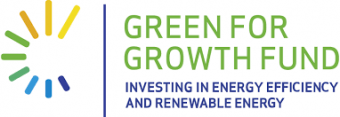 The Green for Growth Fund (GGF) announced a EUR 1 million senior loan to Agency for Finance in Kosovo (AFK) in a deal that further expands and diversifies the fund’s geographic and operational scope with financing for Kosovo’s developing energy efficiency (EE) market, according to GGF’s press release.
The Green for Growth Fund (GGF) announced a EUR 1 million senior loan to Agency for Finance in Kosovo (AFK) in a deal that further expands and diversifies the fund’s geographic and operational scope with financing for Kosovo’s developing energy efficiency (EE) market, according to GGF’s press release.